
cd_nom
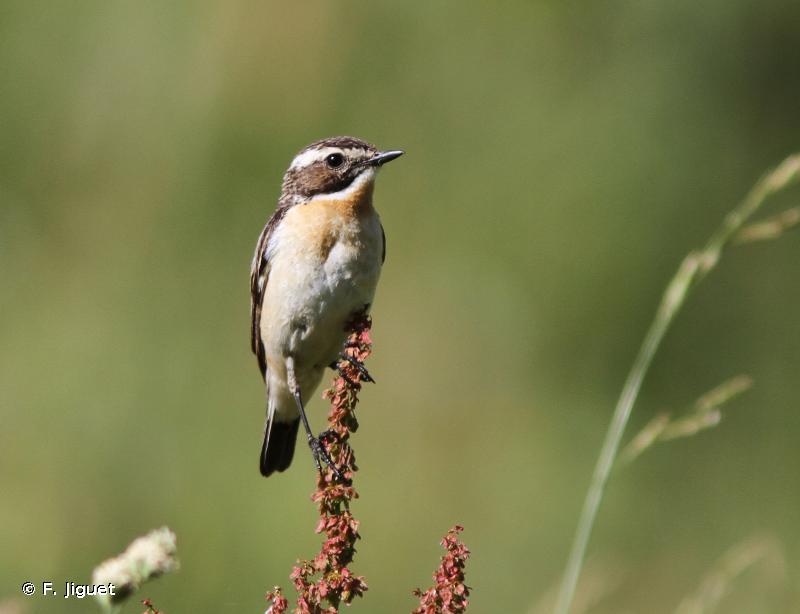
| Author : F. Jiguet |
 |
To get the picture, please visit:
Frédéric Jiguet
CRBPO
email : inpn@mnhn.fr
Despite the Creative Commons license, please inform the author of the use which will be made of his photo
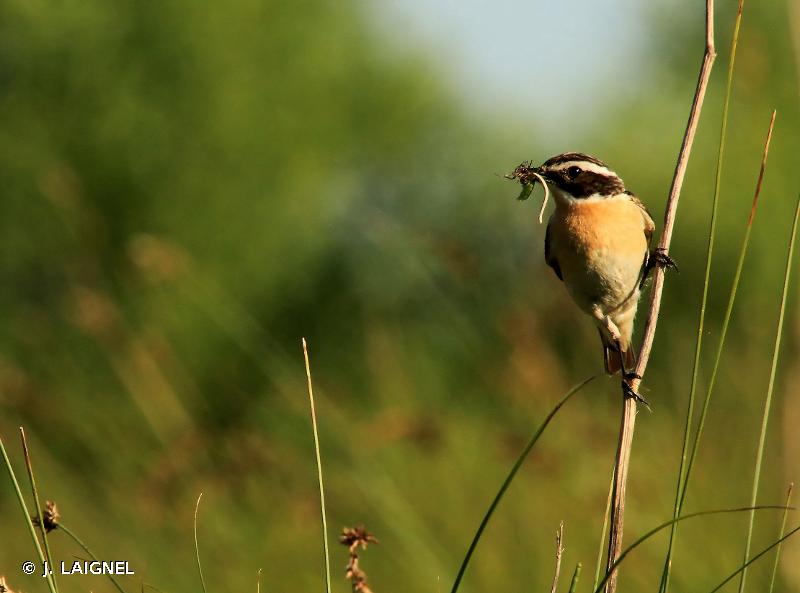
| Author : J. LAIGNEL |
 |
To get the picture, please visit:
Julien Laignel
Chargé demission SNB - SPN/MNHN
4, avenuedu Petit Château
91800BRUNOY
Tel.: 06.10.68.23.36
Mail:julien.laignel@9online.fr
Despite the Creative Commons license, please inform the author of the use which will be made of his photo
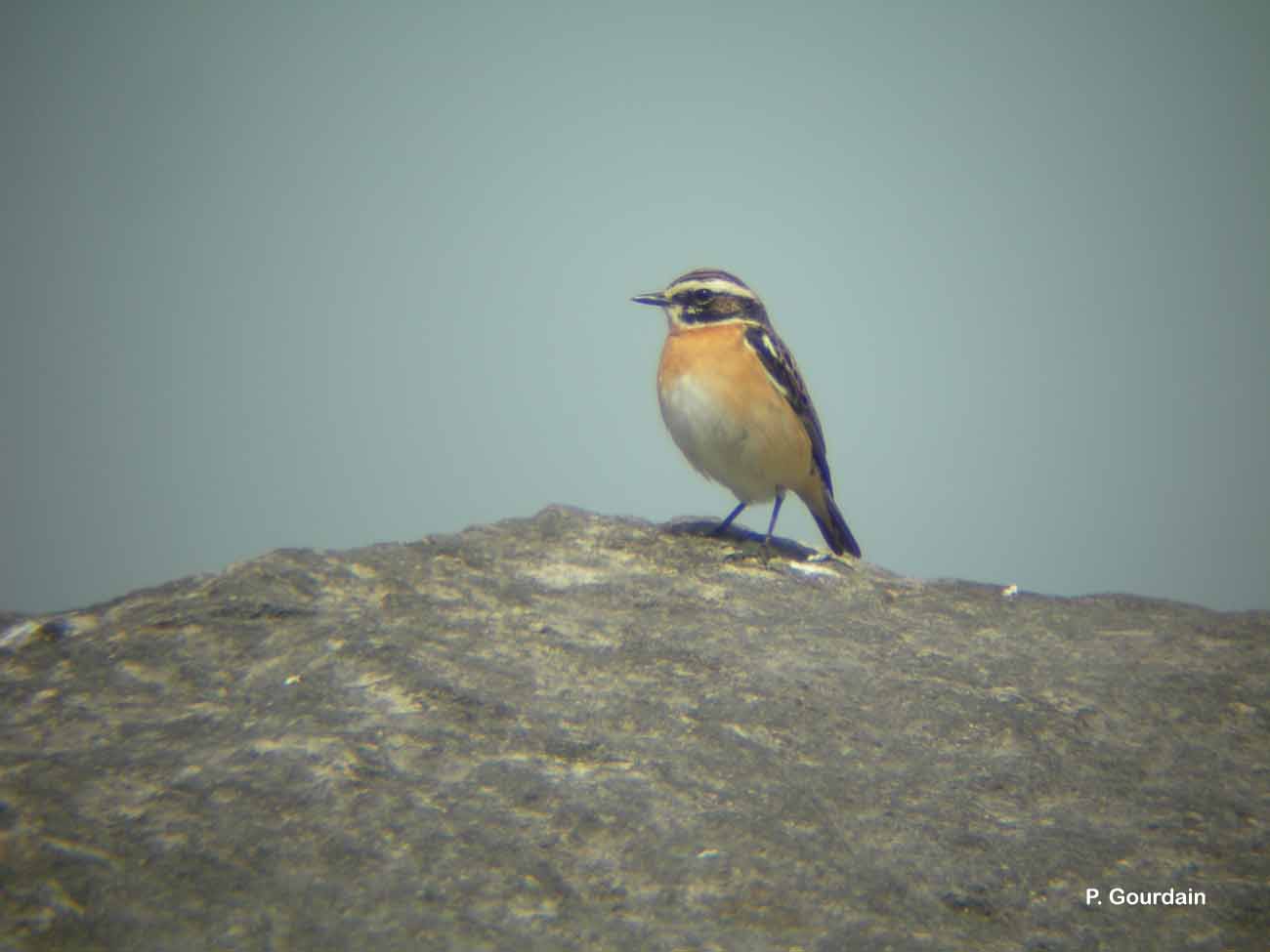
| Author : P. Gourdain |
 |
To get the picture, please visit:
Philippe GOURDAIN
Muséum national d'Histoire naturelle - Service du Patrimoine Naturel
36 rue Geoffroy Saint-Hilaire
CP 41
75 231 PARIS CEDEX 05
e-mail : inpn@mnhn.fr
Legend: Saint-Maximin
Despite the Creative Commons license, please inform the author of the use which will be made of his photo
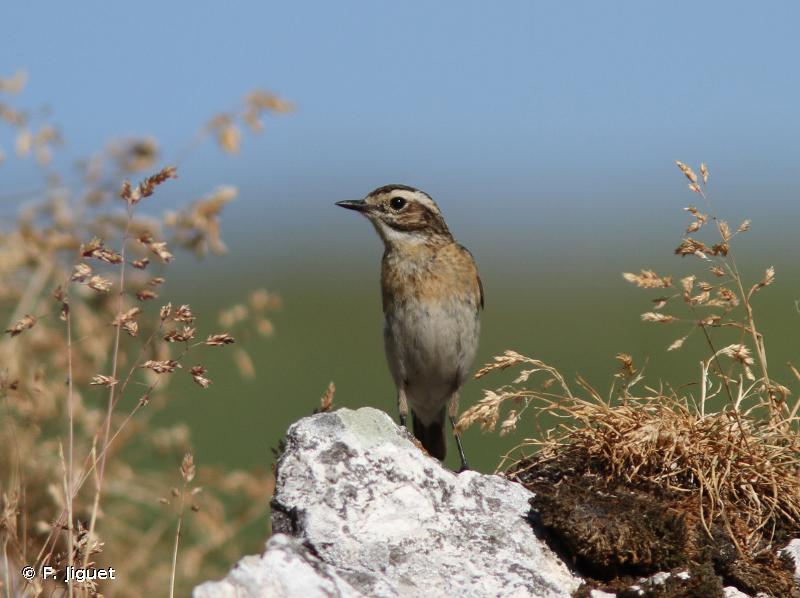
| Author : F. Jiguet |
 |
To get the picture, please visit:
Frédéric Jiguet
CRBPO
email : inpn@mnhn.fr
Despite the Creative Commons license, please inform the author of the use which will be made of his photo

| Author : O. Roquinarc'h |
 |
To get the picture, please visit:
Océane ROQUINARC'H,
Muséum national d'Histoire naturelle,
Service du Patrimoine Naturel,
4 Avenue du Petit Château,
91800 BRUNOY
mail : oroquinarch@mnhn.fr
Despite the Creative Commons license, please inform the author of the use which will be made of his photo
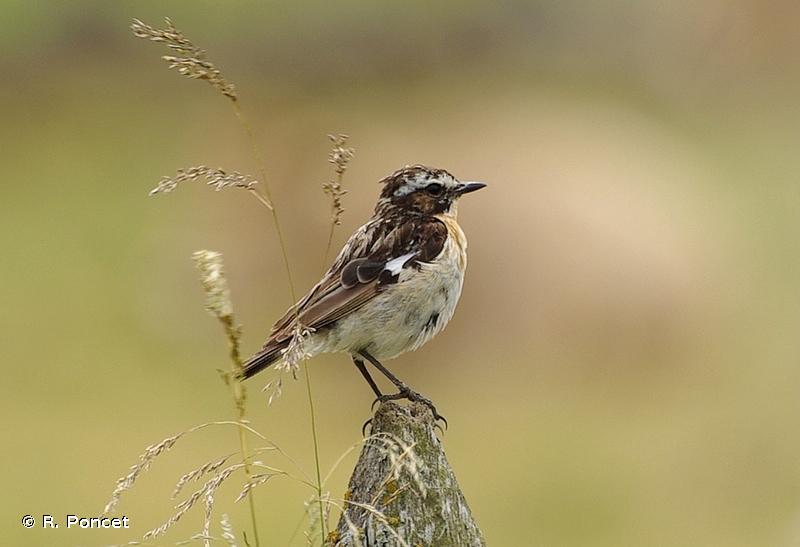
| Author : R. Poncet |
 |
To get the picture, please visit:
Rémy Poncet
Despite the Creative Commons license, please inform the author of the use which will be made of his photo
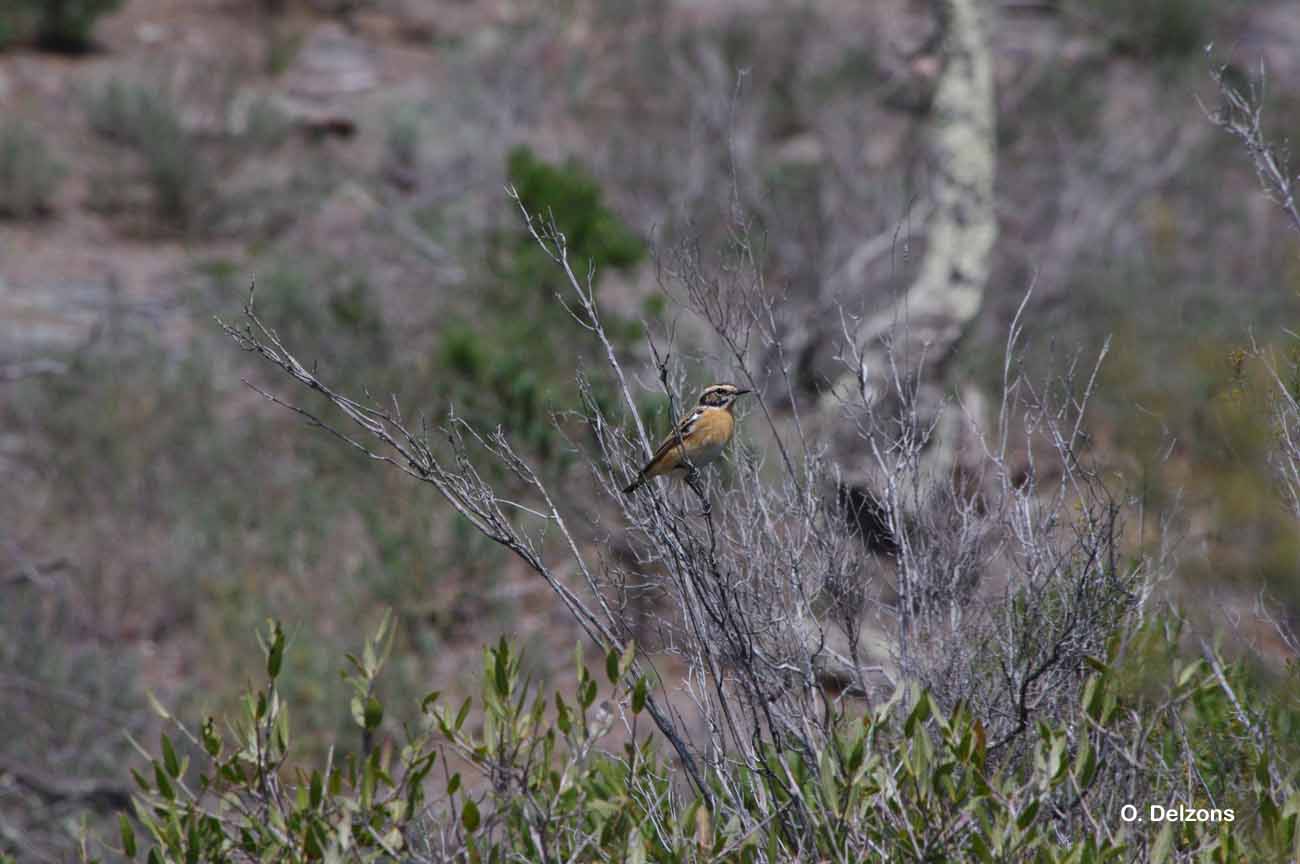
| Author : O. Delzons |
 |
To get the picture, please visit:
Olivier DELZONS
Muséum national d'Histoire naturelle - Service du Patrimoine Naturel
36 rue Geoffroy Saint-Hilaire
CP 41
75 231 PARIS CEDEX 05
e-mail : delzons@mnhn.fr
Legend: Vidauban
Despite the Creative Commons license, please inform the author of the use which will be made of his photo
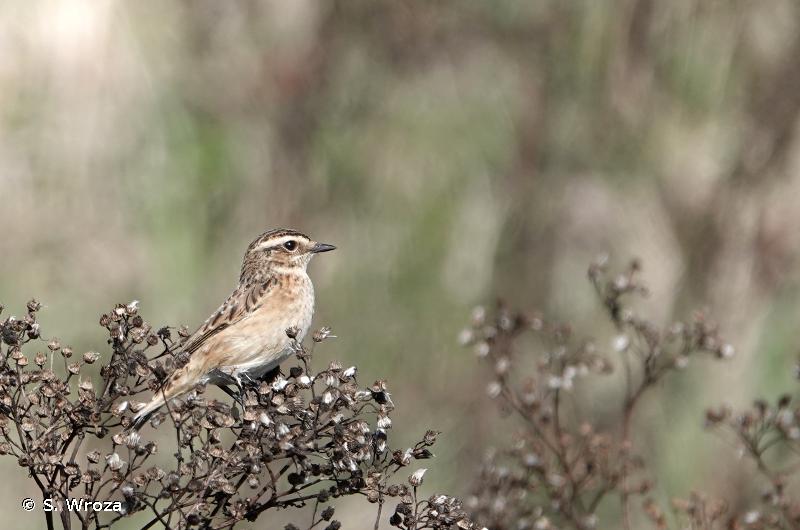
| Author : S. Wroza |
 |
Despite the Creative Commons license, please inform the author of the use which will be made of his photo

| Author : S. Wroza |
 |
Despite the Creative Commons license, please inform the author of the use which will be made of his photo

| Author : S. Wroza |
 |
Despite the Creative Commons license, please inform the author of the use which will be made of his photo

| Author : S. Wroza |
 |
Despite the Creative Commons license, please inform the author of the use which will be made of his photo
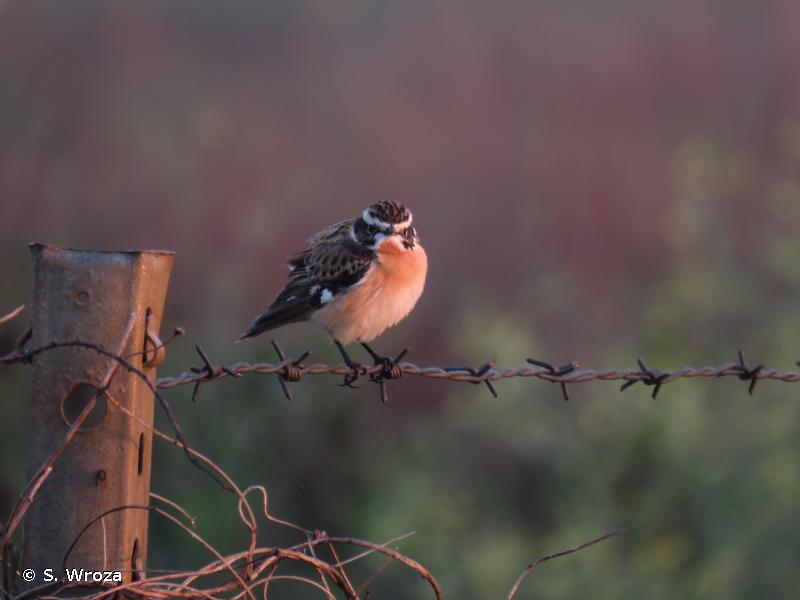
| Author : S. Wroza |
 |
Despite the Creative Commons license, please inform the author of the use which will be made of his photo

| Author : S. Wroza |
 |
Despite the Creative Commons license, please inform the author of the use which will be made of his photo
Taille/poids :
Longueur totale : 12 à 13 cm. Poids : 18 g en moyenne.
Diagnose :
Le Tarier des prés est un petit passereau de la taille d'une mésange (Parus sp.), d'aspect ramassé, court de queue et se tenant bien droit. Comme tous les membres du genre Saxicola, lorsqu'il est perché, on le reconnaît à ses comportements nerveux, secouant rapidement sa queue et fléchissant son corps. En période nuptiale, le mâle se distingue par son grand sourcil blanc très visible. Le dessous est blanc largement teinté d'ocre orangé à la poitrine et au cou. L'extrémité de la queue est noire bordée à la base de blanc pur, visible en vol. La femelle paraît plus pâle, en particulier à la tête où le sourcil nettement moins marqué est jaunâtre.
Détermination :
Simple. Facile sur photo.
Espèces proches :
D'allure et de taille presque identique, le Tarier pâtre femelle ou immature est la seule espèce pouvant être confondue avec le Tarier des prés. Le croupion jaunâtre tacheté de noir (en partie blanc chez le mâle) et la tête brunâtre, sans sourcil bien défini, le distinguent.
Période d'observation :
Avril à septembre.
Biologie-éthologie :
L'espèce se nourrit essentiellement d'invertébrés. Les proies les plus consommées sont des orthoptères, hyménoptères, diptères, mais également des chenilles, des papillons ou des araignées.
Biogéographie et écologie :
Le Tarier des prés se reproduit dans les régions tempérées et boréales du Paléarctique, de l'Atlantique à la Sibérie occidentale. Les prairies naturelles humides et les prairies d'altitude constituent ses milieux préférentiels en période de nidification. Migrateur transsaharien, ses zones d'hivernage se trouvent en Afrique tropicale.
Compilé par J. Comolet-Tirman à partir des Cahiers d’habitats.(UMS 2006 Patrimoine Naturel (AFB / CNRS / MNHN)),2017
Continental
Metropolitan France
Overseas
Marine
Metropolitan France
Overseas
The map presents a summary at the 10 x 10 km grid of the observation data for the species transmitted to the SINP. These data have been subjected to validation filters.
The map presents a reference distribution layer of the species at the scale of departments and marine sectors. The presence and absence data were established by expertise within a network of partners. This reference distribution is used in the validation process of the SINP data at the INPN level.
Corresponds to a report on the basis of at least one observation proved within a period of 10 years (20 years for little-known invertebrates) preceding the year and no presumption of extinction since obtaining the last data nor doubt on reproductive and implemented nature of this population. For migratory species, the presence indicated concerns areas of reproduction.
This status is based on one or more of the following criteria:
This point covers the absence, more difficult by nature to demonstrate than presence. This status is based on one or more of the following criteria:
This status must be assigned to a department in which the presence of the species is casual.
Particular case of absence due to a proven extinction less than a half century ago (older disappearances are treated as "no probable or definite").
In the state of knowledge, we can not comment on the presence or absence in the current department. This is the default status when not comprised in one of the previous categories or whenever there is doubt.
The map shows the global distribution of the species based on GBIF data (Global Biodiversity Information Facility).
